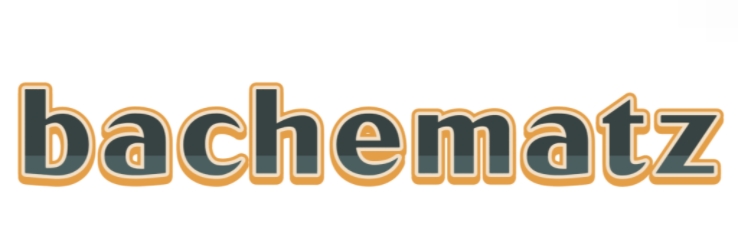Understanding RDP for ETICS/EIFS: Key Applications and Benefits
Understanding RDP for ETICS/EIFS: Key Applications and Benefits
In the world of modern construction, exterior thermal insulation composite systems (ETICS) and external insulation and finish systems (EIFS) are gaining significant popularity. Driving this trend is a concept known as RDP, or redispersible polymer powder. This article will explore the essential applications of RDP in ETICS/EIFS, highlighting its numerous benefits, and addressing common questions you may have.What is RDP and Its Role in ETICS/EIFS?
RDP stands for redispersible polymer powder, a versatile material used in a variety of construction applications, especially in the formulation of mortars and adhesives. When mixed with water, RDP rehydrates and forms a continuous film that enhances the performance of the base materials. In ETICS and EIFS, RDP serves multiple purposes:- **Bonding**: It improves the adhesion of insulation boards to the substrate, ensuring a durable attachment that withstands environmental stress.- **Flexibility**: RDP enhances the flexibility of the formulated mixtures, reducing the risk of cracking during thermal expansion and contraction.- **Water Resistance**: It provides water-repellent properties, protecting the underlying materials from moisture-related damages.Applications of RDP in ETICS/EIFS
1. Insulation Board Adhesives
One of the primary applications of RDP in ETICS/EIFS is in insulation board adhesives. Using RDP-modified adhesives significantly boosts the bonding strength to various substrates, such as concrete, brick, or masonry. For example, a mix containing RDP can provide superior adhesion compared to traditional adhesive systems, ensuring that insulation materials remain securely in place during the lifetime of the building.2. Base Coats and Finishes
RDP is also used in the formulation of base coats and finishing layers. It improves not only the adhesion but also the workability and quality of the final appearance. RDP-modified base coats can be applied smoothly and can accommodate movement without cracking, which is crucial for maintaining the aesthetic and functional integrity of EIFS/ETICS systems.3. Repair and Maintenance Applications
Using RDP in repair mortars can greatly enhance their performance. For example, if an EIFS coating suffers a small crack or damage, a RDP-fortified repair mortar can provide excellent adhesion to the existing surface, ensuring a seamless repair. This flexibility and adhesion are vital for effective long-term maintenance.Benefits of Using RDP in ETICS/EIFS
1. Enhanced Durability
One of the key benefits of incorporating RDP into ETICS/EIFS applications is the significant improvement in durability. RDP enhances the materials' ability to withstand fluctuating weather conditions, ensuring that buildings remain protected for extended periods.2. Improved Thermal Efficiency
By ensuring better adhesion and reducing thermal bridging within insulation systems, RDP plays a crucial role in improving a building's overall energy efficiency. This can lead to significant savings on energy costs and a smaller environmental footprint.3. Versatile Formulations
RDP is highly versatile; it can be used with a variety of materials and formulations, making it an ideal component across different applications within the ETICS/EIFS sector. This adaptability allows manufacturers to tailor products for specific project requirements.Common Questions about RDP in ETICS/EIFS
What types of RDP are available for ETICS/EIFS applications?
There are various types of RDP available, differing in their chemical compositions and properties. When selecting RDP for ETICS/EIFS, consider factors such as adhesion strength, flexibility, and water resistance based on your specific project requirements.How does RDP affect the cost of ETICS/EIFS systems?
While incorporating RDP can increase initial material costs, the long-term benefits often outweigh this expense. Enhanced durability and performance can lead to lower maintenance costs and increased energy efficiency, making RDP a worthwhile investment.Conclusion
Understanding the role of RDP in ETICS/EIFS applications is crucial for anyone involved in the construction or renovation of buildings. The benefits of using RDP, from enhanced durability to improved thermal efficiency, can significantly elevate the performance of insulating systems. Implementing RDP-modified formulations can vastly improve your project's outcomes, ensuring that buildings are both efficient and long-lasting.By choosing the right RDP and utilizing it effectively in your ETICS/EIFS applications, you can help create sustainable and resilient structures that stand the test of time.Click here to get more.
Additional resources:What Are the Key Benefits of Efficient Additives?
Unlocking Relaxation: Benefits of Floatation Chambers
If you are looking for more details, kindly visit RDP For ETICS/EIFS Price, HPMC For Tile Adhesive China.

Comments
0